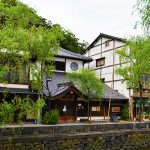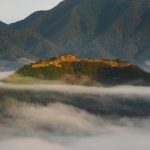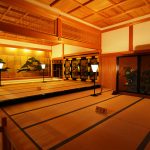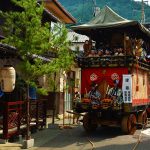Obama
Fukui prefecture has the little Kyoto called Obama. In addition to the scenic spot “Sotomo”,the scenery of Sancho-machi town where important traditional architechture are lined up is also famous.
Also, because the pronunciation of Obama is similar to the 44th American president OBAMA so that you can see lots of items and signs related to Obama.
Each sightseeing spots of Obama are not close. It is convenient to travel around by bicycle. If you are confident in your physical strength, walking is also alright. However, there are very few of traffic signs so it is very difficult to travel without a mobile map.
By bike, 3 hours are enough to see around. But if you want to visit Sotomo by ship or try to make chopsticks, 1 more hour is required.
Recommendable Route:
Obama JR station > Asahi-za > Mackerel Road > Wakasa Fishermen’s Wharf > Sanchomachi > Obama JR station
Asahi-za
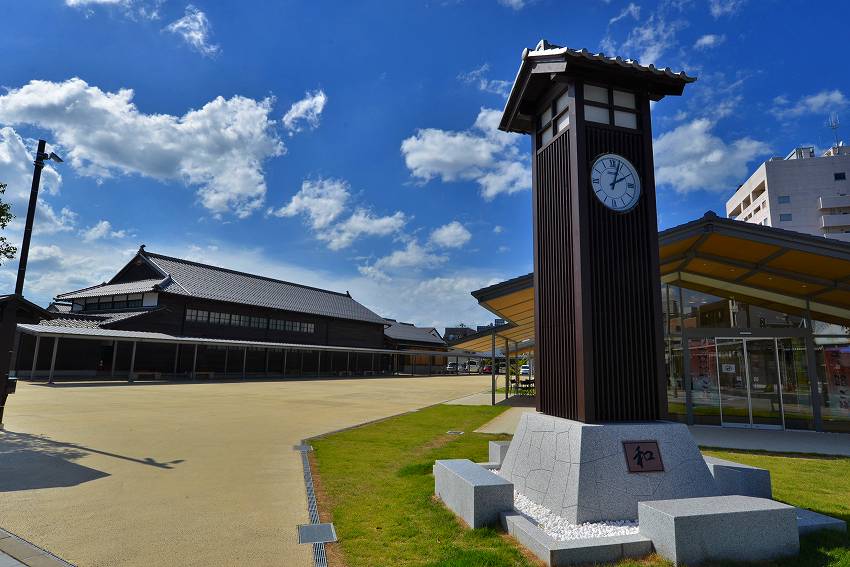
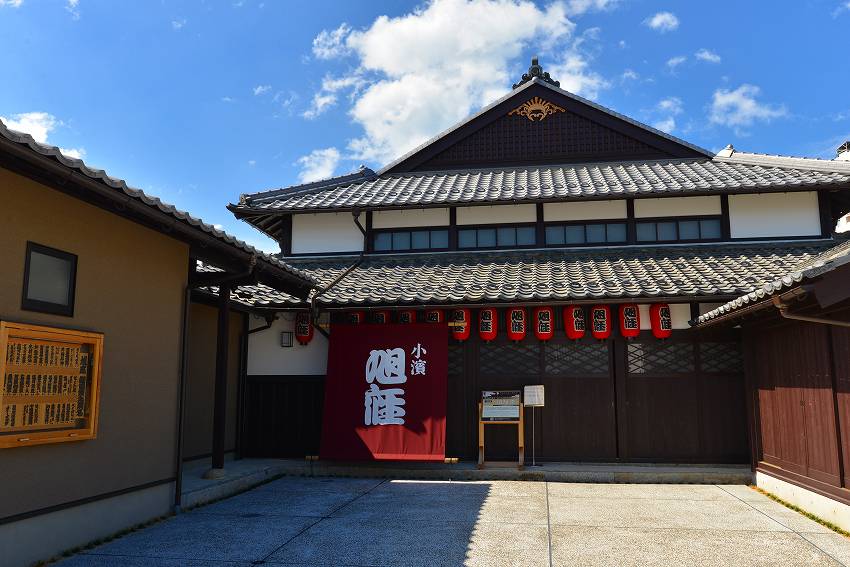
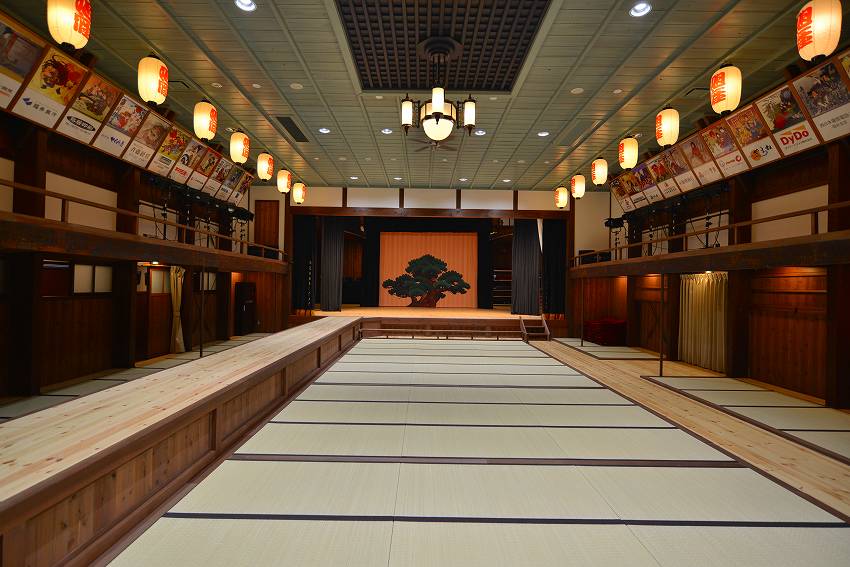
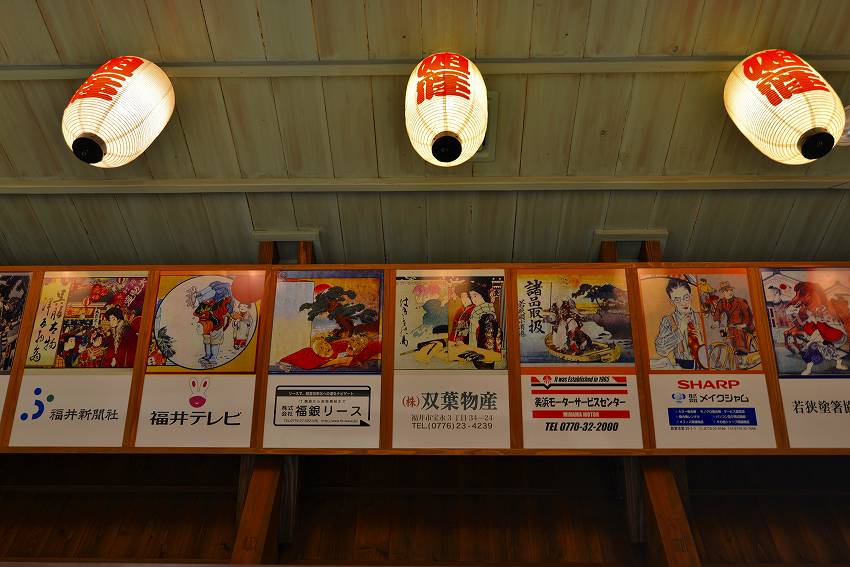
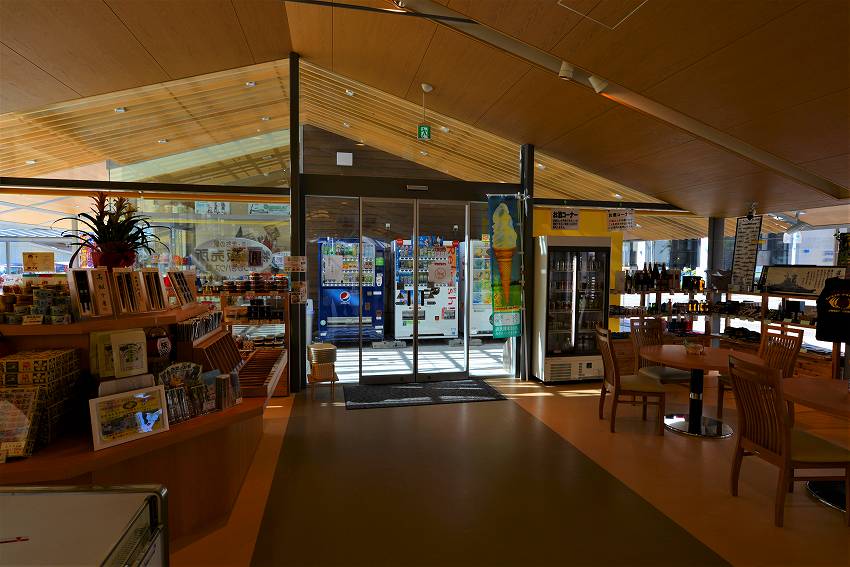
This entertainment complex located in the heart of the city has as its centerpiece the “Asahi-za”, a wooden construction for theatrical plays and other interactive purposes originating from the Meiji era. An area dedicated to the selling of souvenirs as well as food and drink is available. There is also an outdoor plaza where events are held and where tourists can take a break.
One can find Asahi-za all over Japan, and in its prime the country was home to over 3,000 of these facilities. As times change, there are only about 30 remaining in Japan at present. Obama’s Asahi-za has been designated to be a heritage site under the protection of the city.
Opening hours: tourist information and outdoor plaza: 9 am to 8 pm (6 pm during the winter); closed on Tuesdays
Getting there: 5 minutes on foot from Obama JR station
Mackerel Road
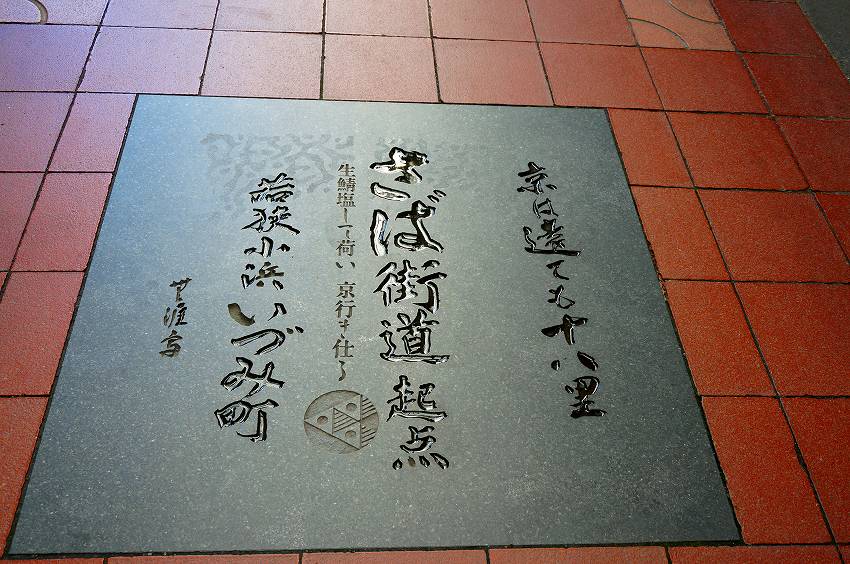
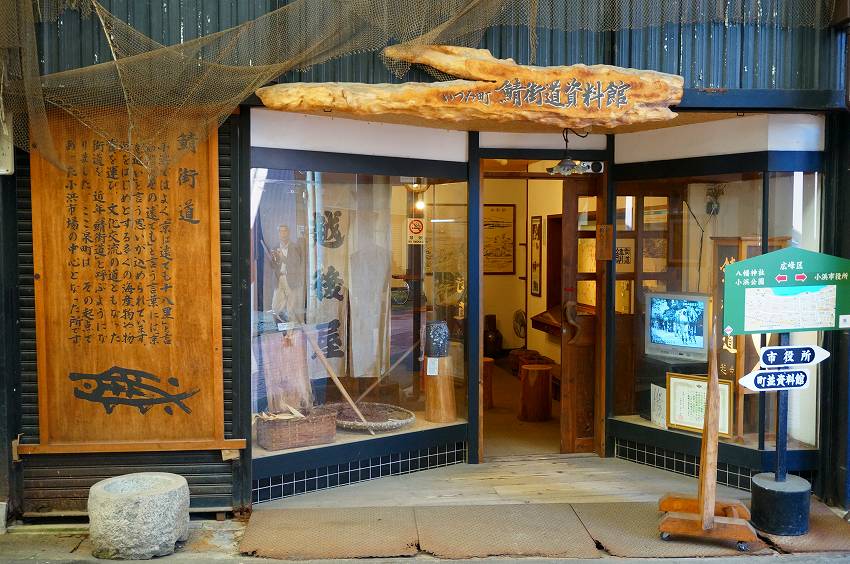

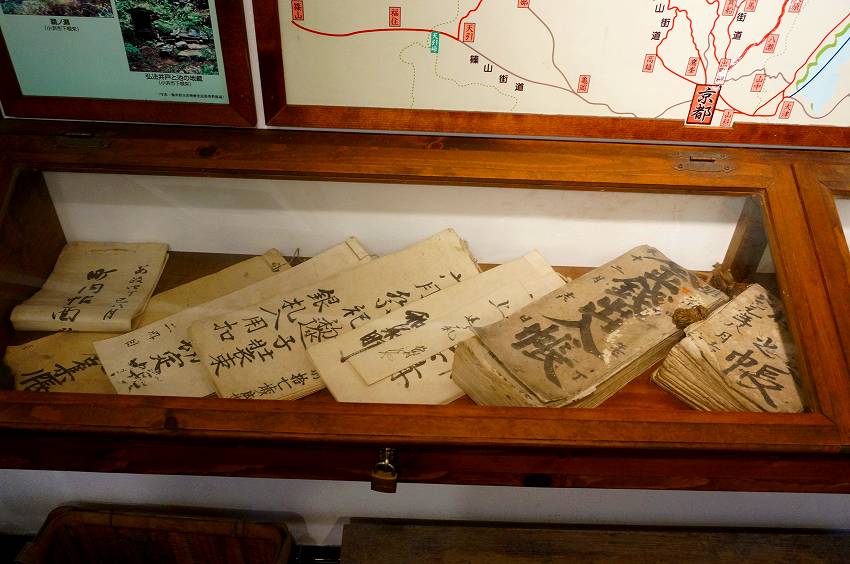
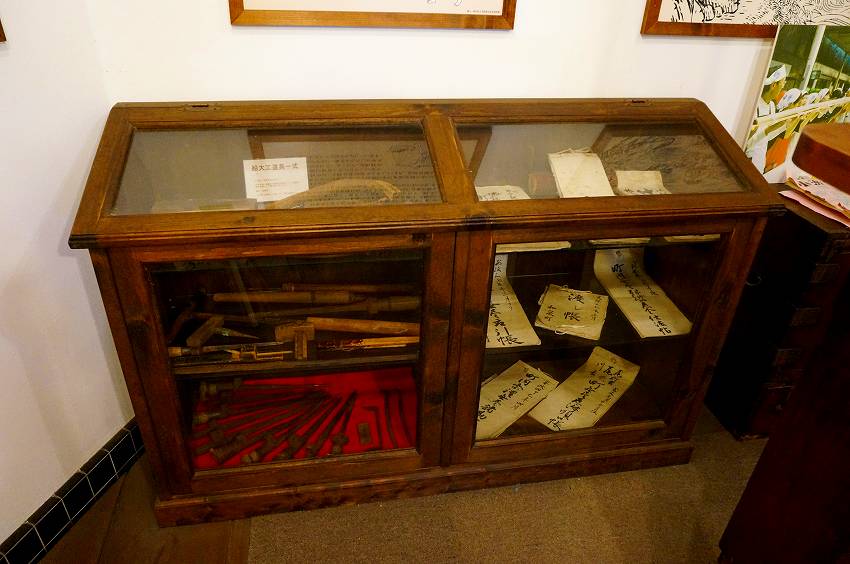
Located within the town’s pit stop, there is a shopping street which is a stone’s throw away from the Asahi-za. At first glance it might go below the touristic radar, but this is actually where the important “Mackerel Road” begins. The path is part and parcel to Kyoto’s food habits, as Kyoto is located some 70 to 80 km away from the sea and seafood is hard to get. As an important source of food, mackerel is highly valuable, and the route which brings Obama’s mackerel to Kyoto is therefore called the “Mackerel Road”. Nearby the starting point of the path, the Mackerel Road Museum is a small archive dedicated to showcasing local history. There, you will find an introduction about the history and actual itinerary of the Mackerel Road, as well as tools used to transport mackerel. Don’t miss out on this site after you’ve been to the start of the Mackerel Road.
Opening hours: 9 am to 5 pm
Obama’s Sotomo Caves and Cliffs
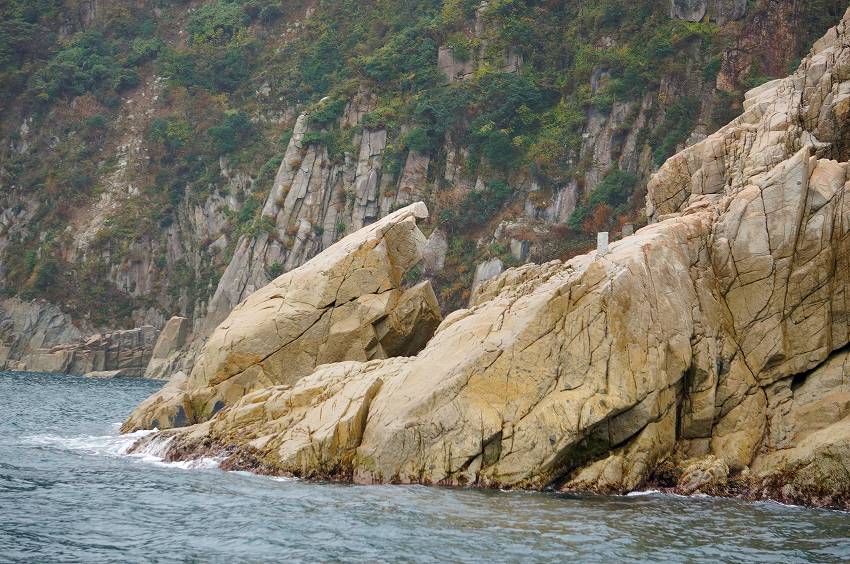
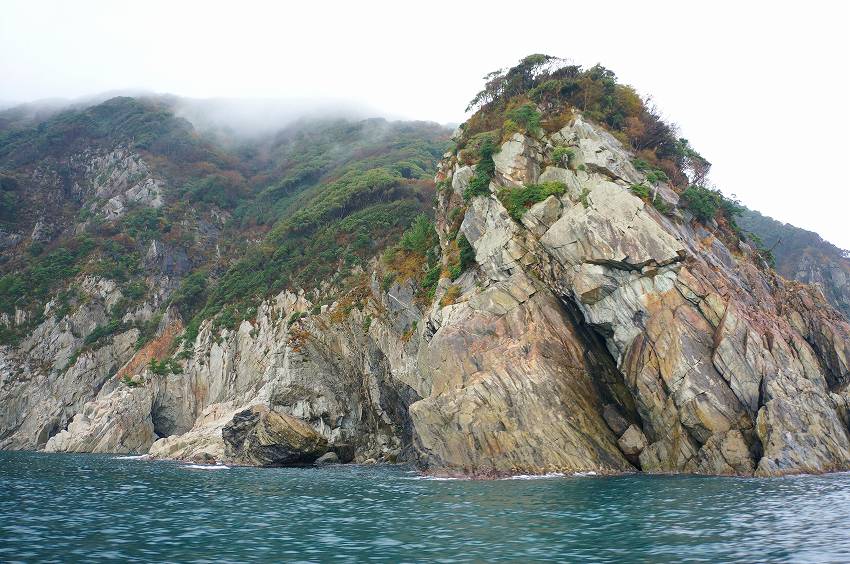
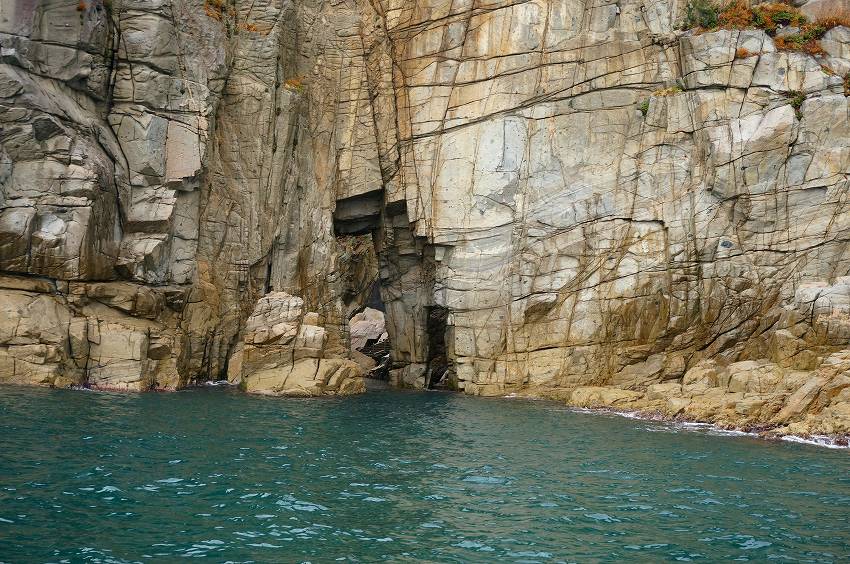
The Sotomo Granite Caves and Cliffs are Obama’s most iconic destination. The site is the result of years of natural corrosion from the waves rushing in from the Sea of Japan, and has been chosen as one of the 31 most beautiful sites in Japan by CNN, as well as a National Scenic Beauty sport registered by the Government of Japan. From the Wakasa Fisherman’s Wharf to Sotomo, take a sightseeing boat to navigate this 6 km route. A round trip on the boat takes about 50 minutes and you will feast your eyes to spectacular granite formations and waterfalls.
Wakasa Fishermen’s Wharf
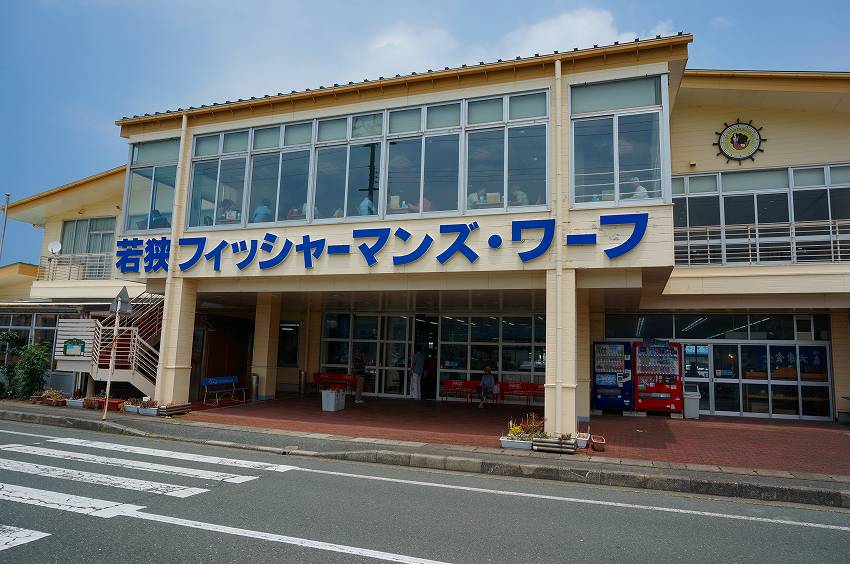
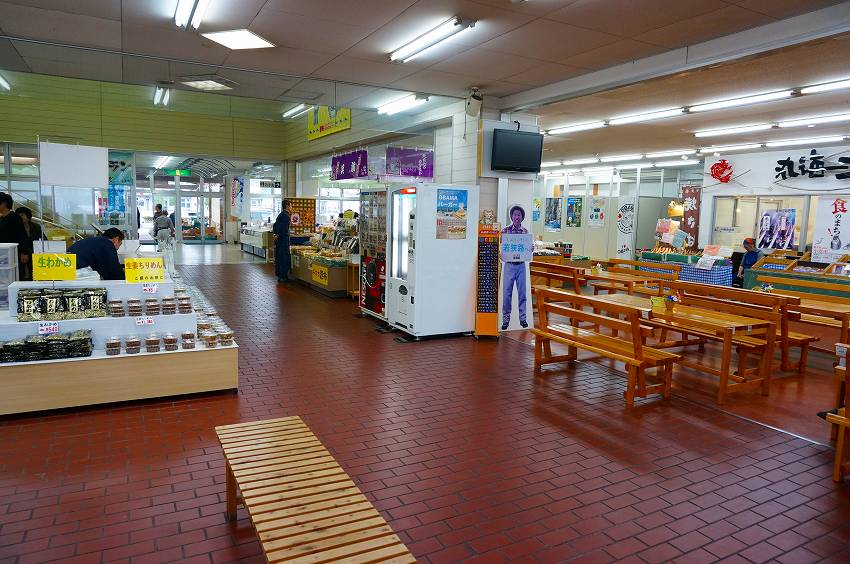
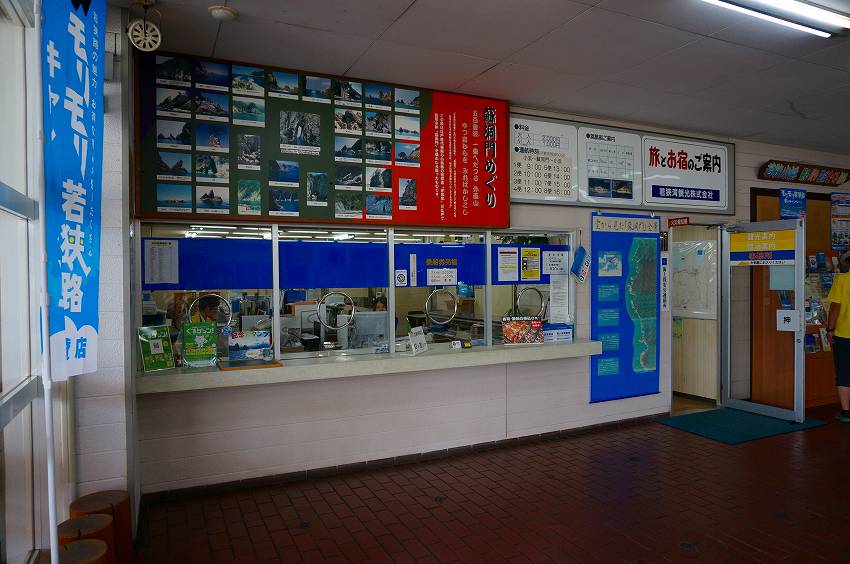
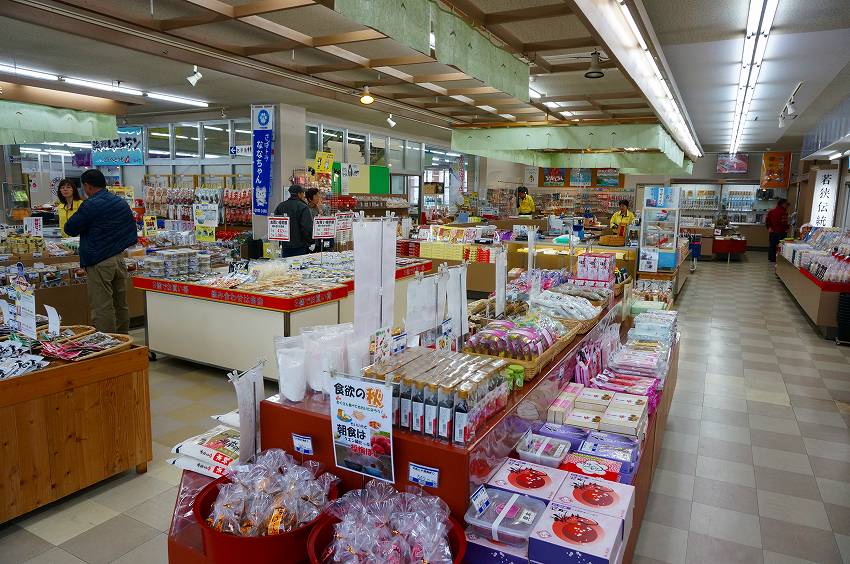
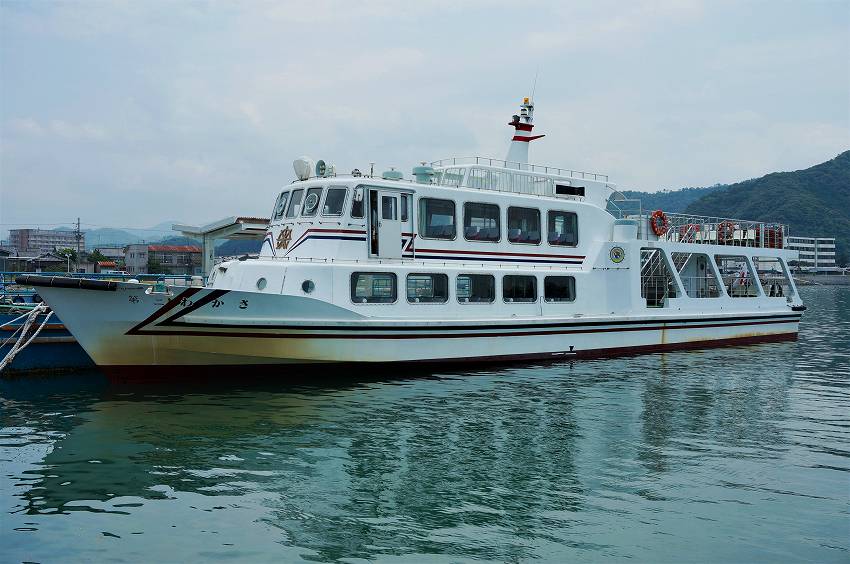
From Obama JR station, walk 10 minutes and you will reach Wakasa Fishermen’s Wharf. Here, you can find souvenirs and gifts from Fukui Prefecture, as well as a dining area and tourist information for the local region. You can also get your tickets for the sightseeing boat to Sotomo. This is an important business facility for the city of Obama.
Opening hours: seasonal
Getting there: a 10 minute walk from Obama JR station
Sanchomachi
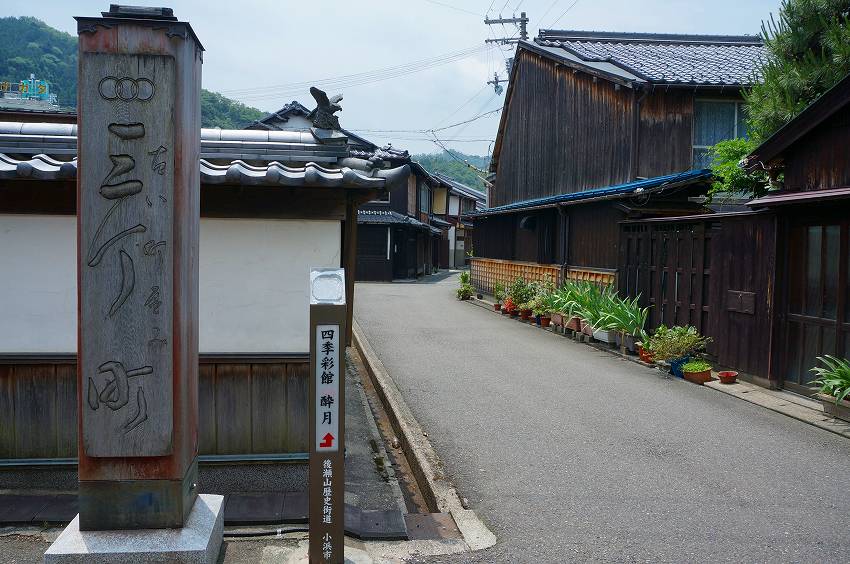
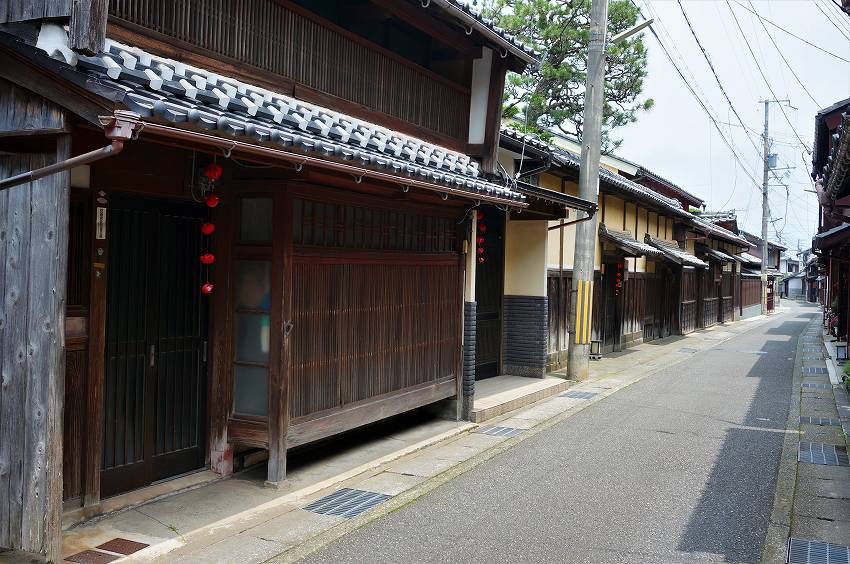
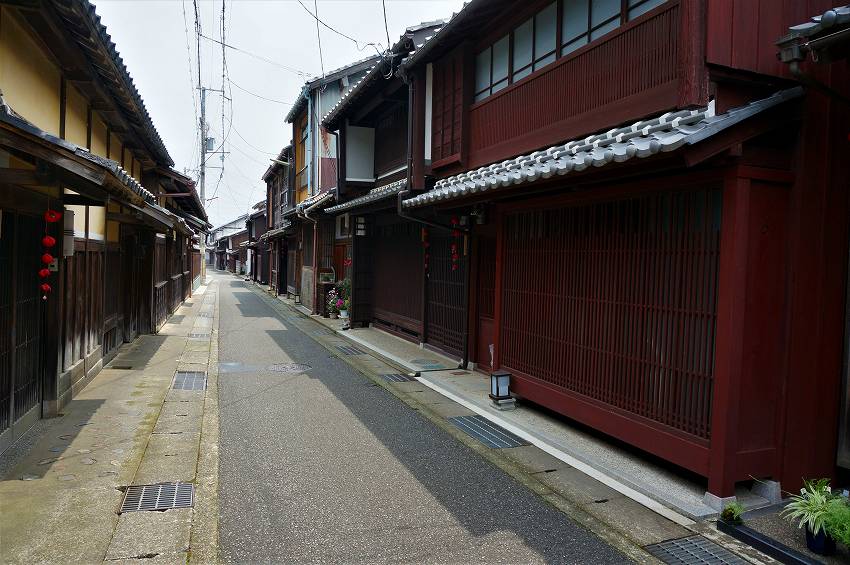
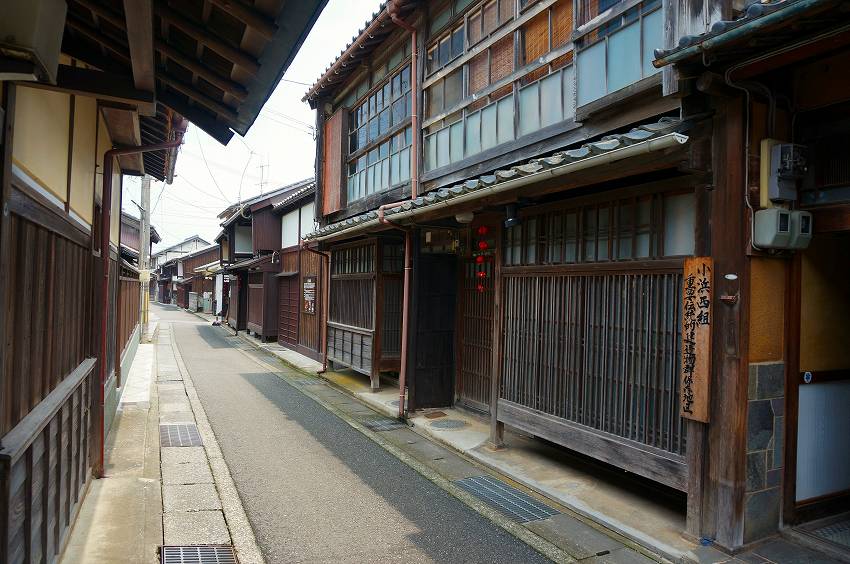
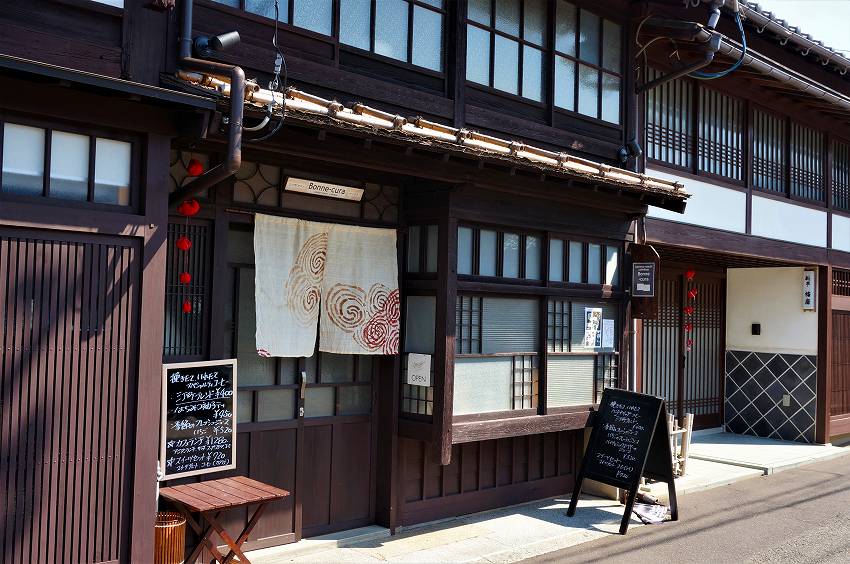
Since antiquity, Obama has been engaged in constant contact with Kyoto. To this day, the city’s lifestyle, buildings and culture have evolved with influence from Kyoto. A number of old streets strewn across the city of Obama, with the best preserved of them all being the Tea House street within Sanchomachi district, located near the Obama Park. This area is now a designated national heritage site and deemed as an “important preservation district of historic buildings”. Sanchomachi is highly similar to the Gion area of Kyoto. Calm, peaceful and every bit elegant, this is a touristic hotspot second to the Sotomo Caves.
Getting there: get off at Obama JR station and walk for about 20 minutes
Jokouji-temple
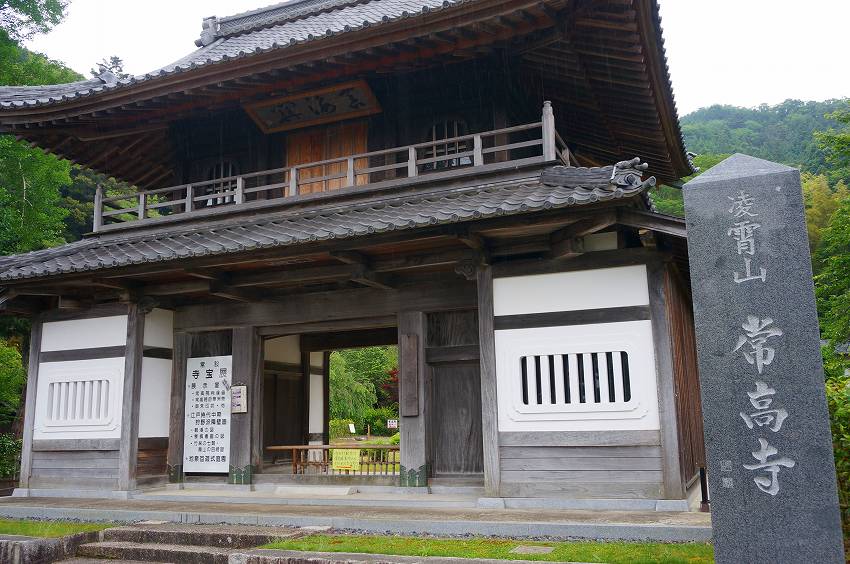
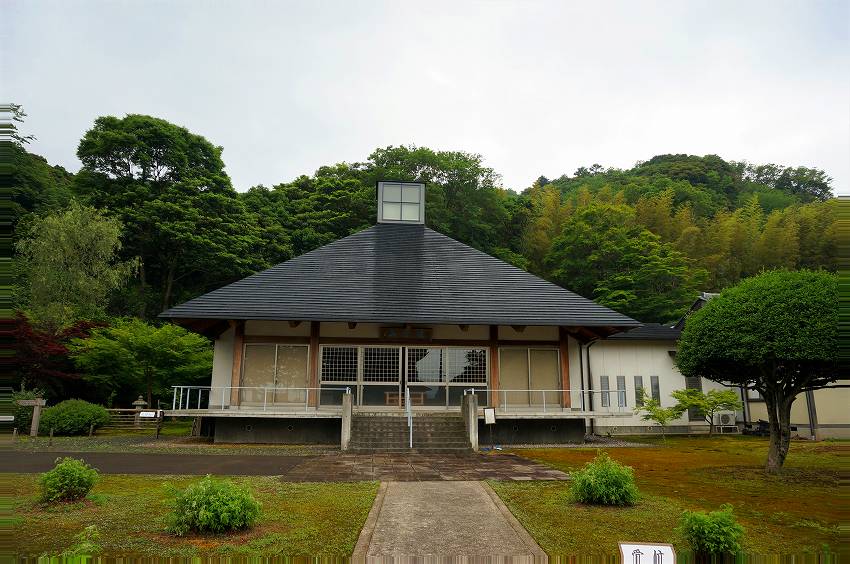
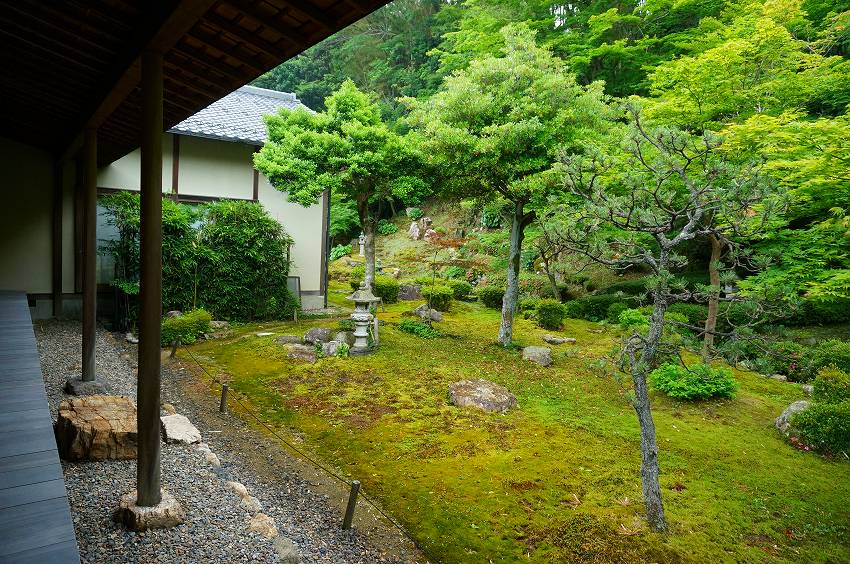
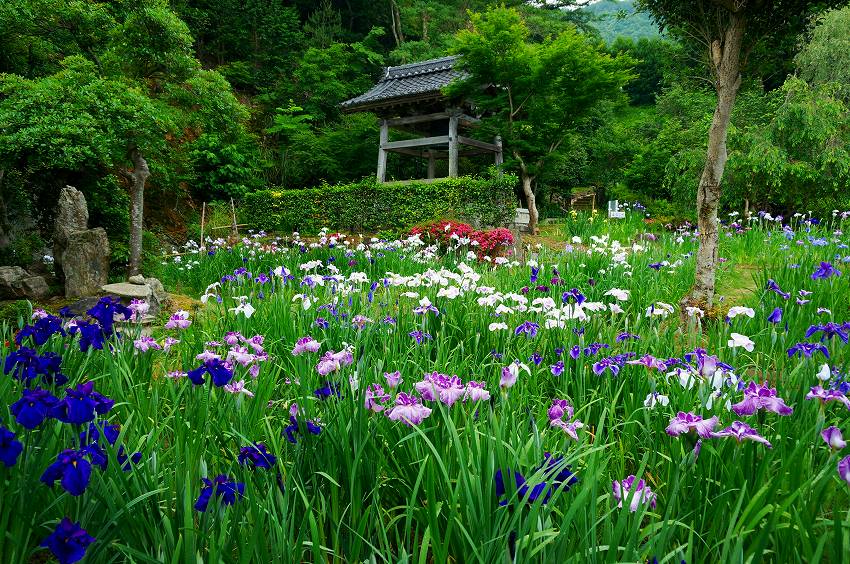
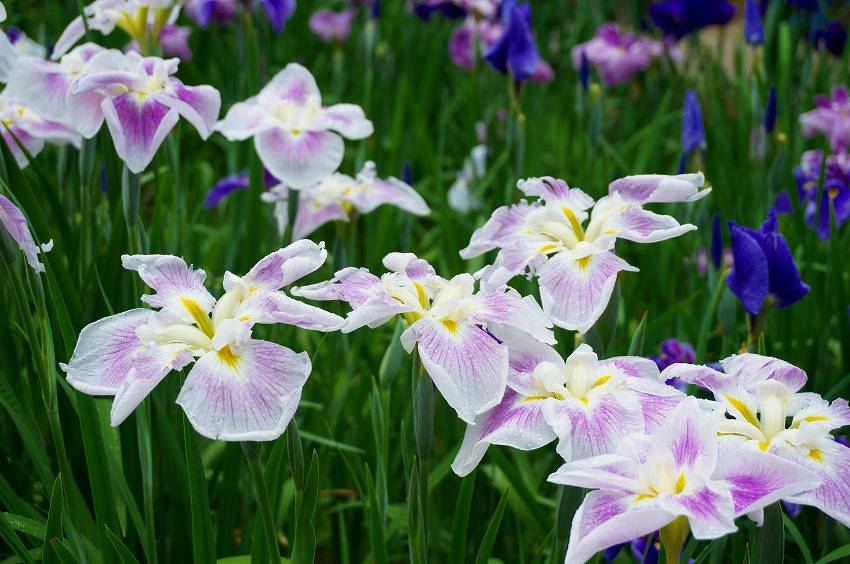
Jokouji-temple is know for the famous beauties “Azai three sisters” in Sengoku era. Jokoin, Hatsu of Azai sisters established the temple to mourn for her husband Kyogoku Takatsugu. She was also buried here after she died.
Because of conflagration Jokoji temple, which was almost ruined, was rebuilt again in 2001.The statue of Jokoin in front of the temple, letters and the mural painting and folding screen of the artist Yoshinobu Kano from the Kano school in Edo period are cultural properties.
To visit to see the seasonal view, Iris ensata in June and autumn leaves in November are the best.
Opening hours: 9 am to 4 pm; Closed during Jan 1-4, Aug 6-17, Sep 27.
Getting there: a 15 minute walk from Obama JR station
Kuinji-temple

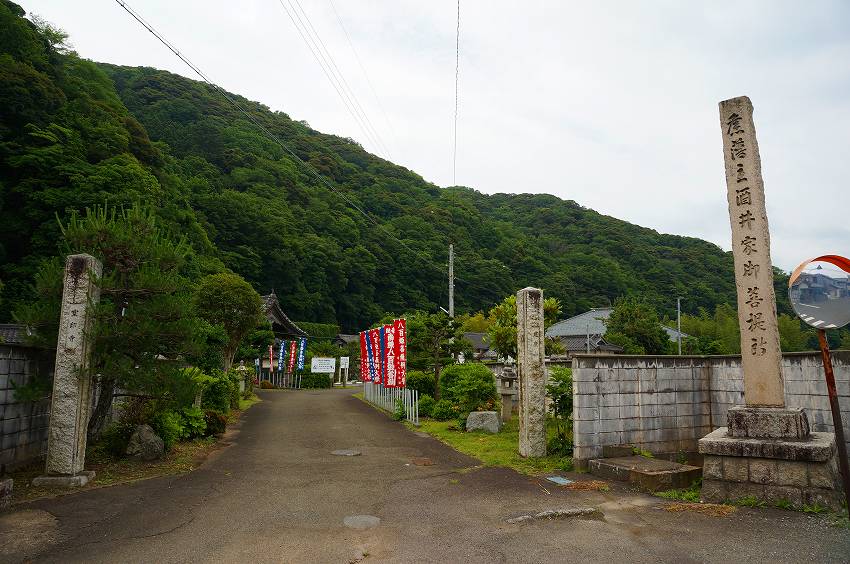
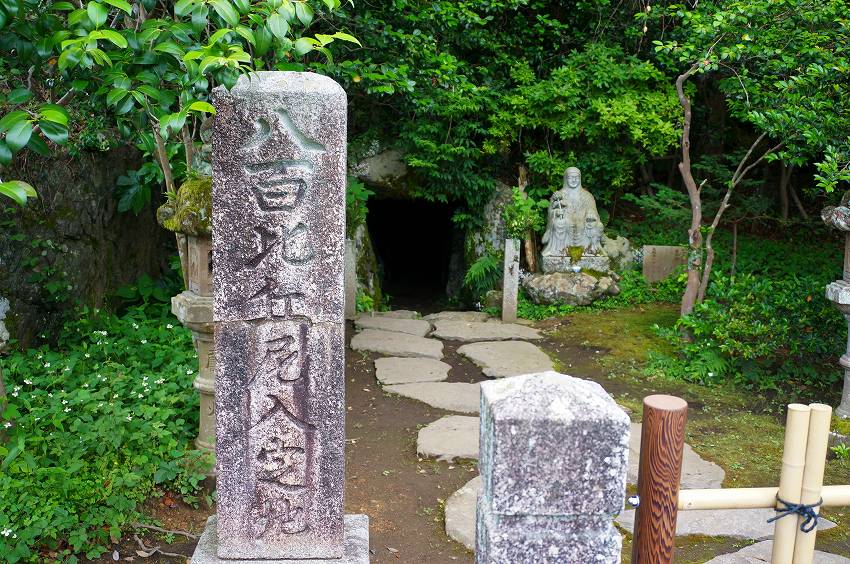

No one knows when it was built. Here that Hayagriva is enshrined, the bodaiji temple and graveyard of Sakai family, the feudal lord of Obama. Comparing to the origin of other Japanese temples, its legend is much more attractive.
Obama area is the site of “Yao Bikuni”, the Japanese famous folktale.
The story is that an old woman who accidentally ate a mermaid and became immortal died over and over and become a priest.
Yao Bikuni lived for 800 years and finally died in Obama after living throughout Japan. To enter the precincts of Kuinji-temple is free of charge. However, if you would like to see the Yao Bikuni statue (Yao-home Boasts statue) at the main hall of this temple, the entrance fee will be charged.
Opening hours: 9 am to 5 pm
Getting there: a 15 minute walk from Obama JR station
Hachiman Shrine

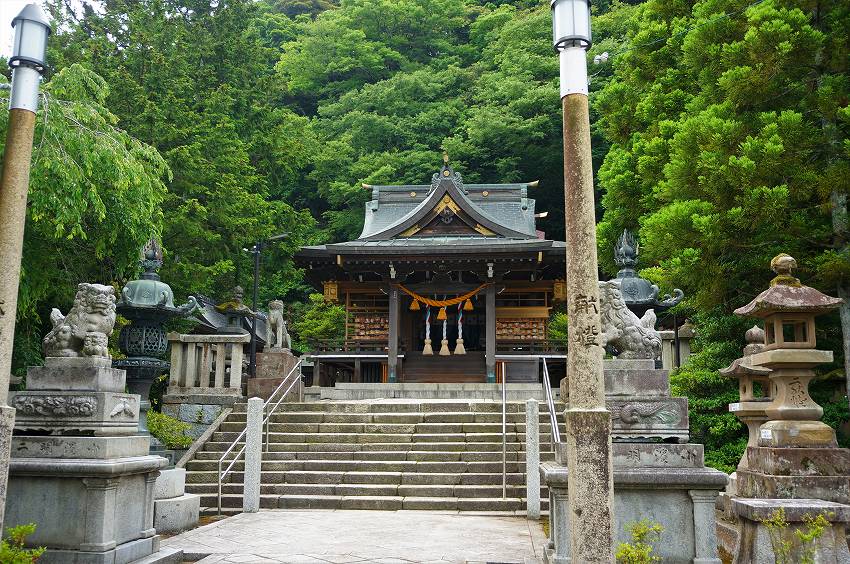
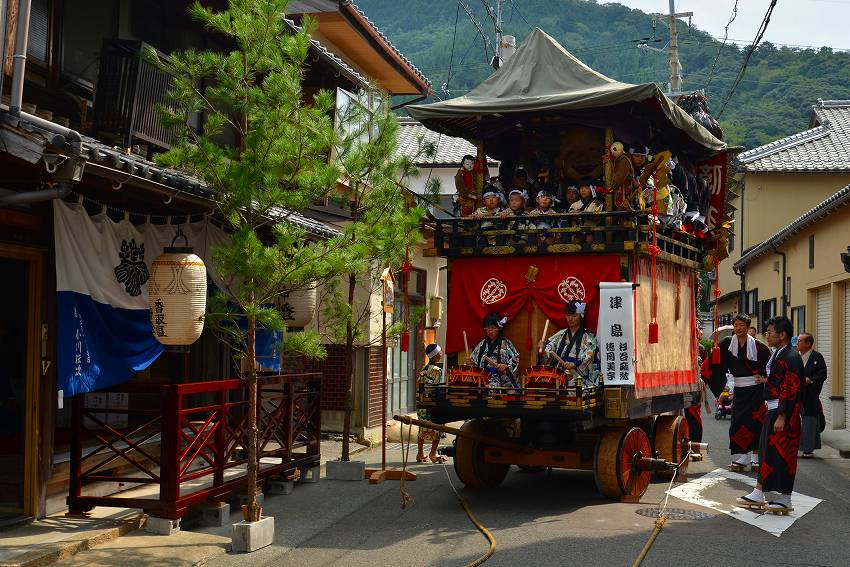
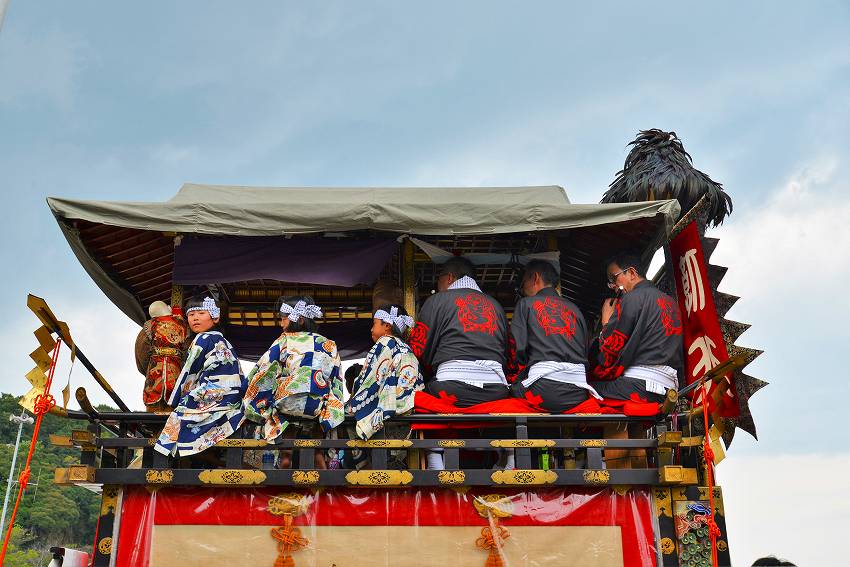
It is said that the shrine was built in 769. Emperor Ojin and Empress consort Jingu are enshrined. Here is also called Obama Hachiman Shrine.
A festival of Hachiman Shrine, the biggest festival in Autumn “Hoze festival” is held in mid-September every year
Hoze festival having 300-year history was influenced by Gion festival of Kyoto. The residents exhibit a holding screen or some cultural properties at their house. Also, Shinto ritual performing art such as floats, Kagura, Drums, Shishimai lion dance are the Intangible cultural heritage in Fukui.
Getting there: a 12 minute walk from Obama JR station
JR Rail Pass (Kansai WIDE Area Pass, Kansai-Hokuriku Area Pass, Kansai-Hiroshima Area Pass) is also available right now.


